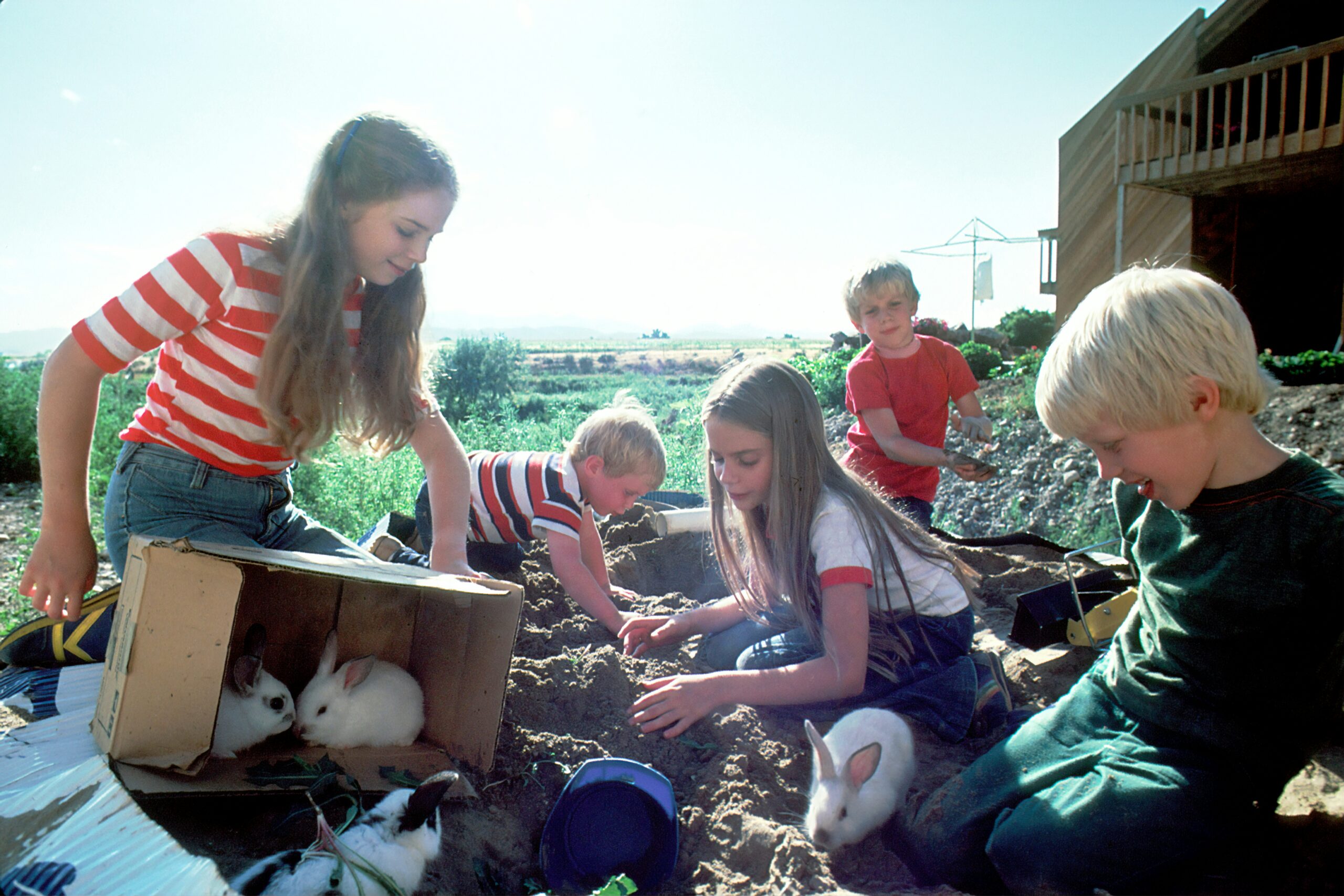From Boredom to Burnout: A Generational Shift

“Mum, I’m bored!”
Those words echoed through my childhood in the 90s, a familiar refrain that would often be met with a shrug and a suggestion to “Invent something! Think of something to do!” Fast forward to today, and I find myself lost for words at how drastically things have changed. The plea I now hear from children is quite different: “Mum, I need a break.”
We’ve witnessed a seismic shift in just one generation. As a 90s kid, I remember the struggle to fill empty hours, the creative ways we’d conjure up stuff to stave off boredom. Building forts out of chairs, broomsticks and sheets, inventing elaborate make-believe games, trying to build treehouses, or simply lying on the grass, watching clouds morph into fantastical shapes. Boredom wasn’t just a state of emptiness – it was a fertile playground for creativity.
But today? That playground has been paved over by the relentless march of the attention economy.
For the generation growing up in the 2010s and beyond, boredom seems like a relic of the past, replaced by a ceaseless stream of content, an infinite scroll. Endless possibilities but no time to enjoy them.
And at what cost?
This shift from boredom to an oversaturated attention isn’t just about losing idle time – it’s about losing the space where imagination flourishes. In those moments of boredom, our minds were free to wander, to make unexpected connections, to dream up wild ideas. It was in these empty spaces that creativity took root and flourished.
Now, we find ourselves in a world where every moment of potential boredom is filled with curated content, targeted advertisements, and algorithmic suggestions. The attention economy has turned our focus into a commodity, and it’s waging a constant war for our mental real estate.
The result? A generation that’s simultaneously overstimulated and underinspired. We’re consuming more content than ever before, maybe even ‘creating’ more content, but is our creativity being stifled? Are we allowing our minds the freedom to roam, to stumble upon new ideas, to innovate?
The irony is palpable. In our quest to banish boredom, we’ve inadvertently smothered one of the key ingredients of creativity. We’ve traded the discomfort of empty hours for the exhaustion of constant engagement.
Perhaps it’s time to reclaim boredom. To carve out spaces in our lives where our minds can wander aimlessly, free from the incessant pull of notifications. To rediscover the joy of staring at a blank wall, of letting our thoughts meander without purpose or direction.
And when it comes to education, I’m left with some questions:
How can we cultivate deep, creative thinking in a world of fleeting attention spans?
Are we preparing students for a future where the ability to disconnect might be as valuable as the ability to connect?
As educators are we to become just one more contender fighting for learners’ attention too?
I have an experiment I’m going to carry out on myself, because I have an idea of one way we might be able to start addressing this. I’ll leet you know how it goes in a few days.
[Featured photo by National Cancer Institute on Unsplash]




